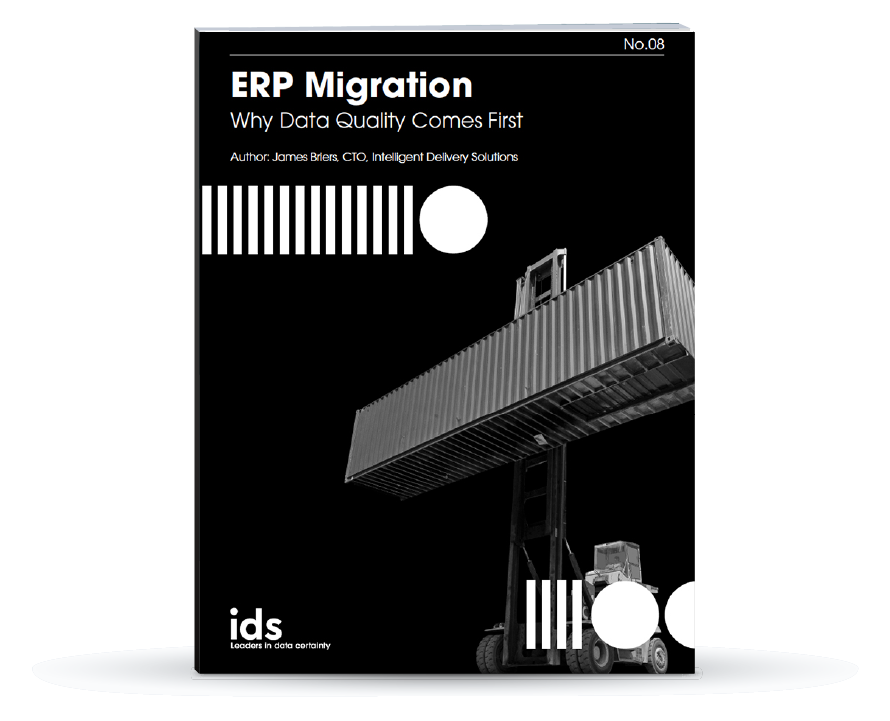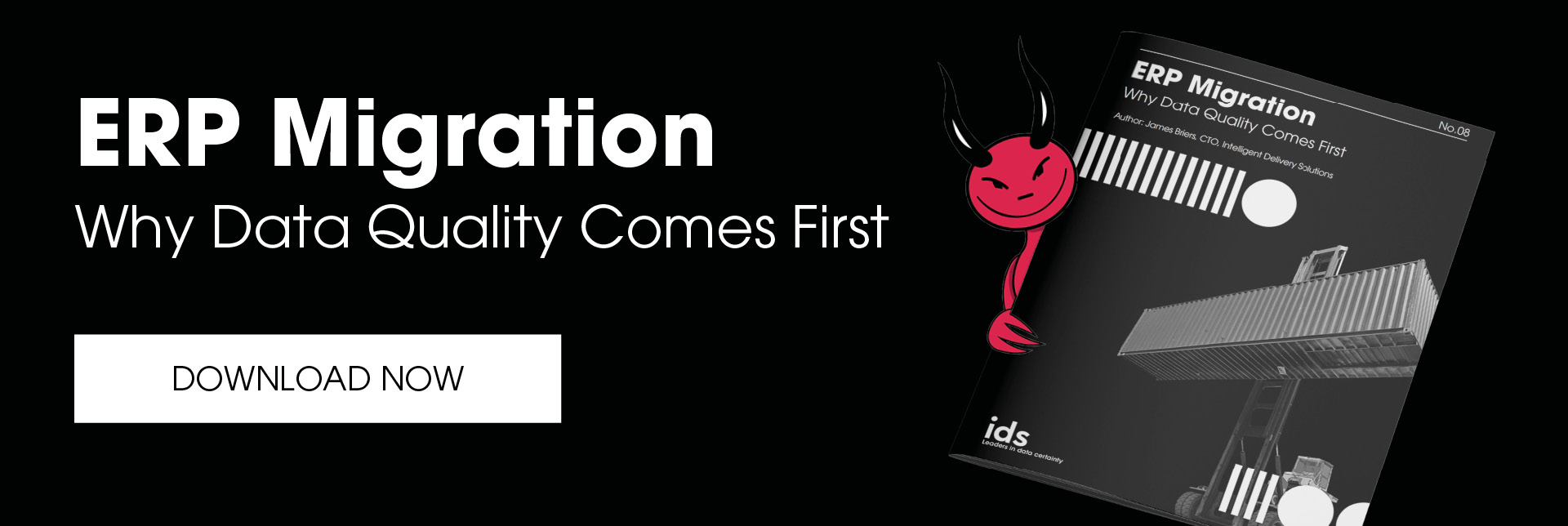3 Key Elements in ERP Migration to Composable Architectures
.jpg)
The Importance of Data Quality Management Strategies When Migrating ERP to Composable Architectures
"The right data quality management strategy can help you achieve fast, accurate, and cost-effective digital transformations."
The pandemic has been the most disruptive and challenging time for businesses in living memory. Despite the constant challenges of 2020/21, COVID-19 has led to groundbreaking outreach and activism across nearly all sectors, from medical research to the rise of hybrid working.
Necessity has been the mother of invention for IT managers whom, over the course of the last two years, have been forced innovate to meet short-term goals. While finding solutions to meet their immediate objectives has ensured their success, it has reset the future for their applications and technologies.
The unstable environment has driven leaders to find new ways of generating revenue from existing sources, as well as finding new sources of revenue by exploring new markets.
1. Businesses Need More Flexibility in ERP Systems
For many businesses, ERP migration processes highlight the limitations and inflexibility of their existing systems. They demonstrate the need to accelerate their digital transformation strategies to create a more agile IT environment. An environment that is both robust and flexible capable of responding to unforeseen events, highlighted over the last two years.
In practical terms this means being able to rapidly reconfigure IT-enabled processes to maintain business-critical operations.
For example, the need to switch rapidly to a situation where the majority of previously office-based employees are now working from home, with all the connectivity and security implications that entails.
There is also less maintenance involved with more automated processes augmenting human intelligence.
To achieve this IT managers have had to extend and adapt IT thinking to include a composable approach to the core enterprise system architecture.
2. A Composable ERP Approach
What is a Composable Architecture?
Composable architectures are not uncommon, but they have not been adopted by many organizations owing to both the expense and challenging process to implement them. However, with the rise of digital transformation, means that composable architectures are an inevitable part of the future.
According to the leading analyst firm, Gartner’s definition of composable ERP is
“An adaptive technology strategy that enables the administrative and operational capabilities for an enterprise.”
Businesses can keep pace with system changes without negative impact.
Composable architecture scale processes from storage, networks, databases, and compute functionality in a more agile fashion to be easily integrated with other systems.
"Fixed application experiences no longer meet business and customer requirements. Application leaders managing their organization’s digital transformation must prioritize the architecture of the composable enterprise and packaged business capabilities to succeed."
For data-driven organizations, operating in this distributed, hybrid environment that includes accessing data and applications stored across public and private clouds, as well as on premises, the need for data quality management strategies and ecosystem management intensifies.
3. Data Quality Management Strategy Equals a Successful Implementation
Data quality management strategies are essential to build scalable business capabilities when migrating a new ERP system. With the help of data quality-centric strategies, businesses can develop more profitable and agile business models that can evolve.
Integration is not just about connecting different applications via a network of APIs. It is also about ensuring that data is maintained consistently in line with corporate policies and procedures. Failure to keep accurate, up to date, complete and exclusive data can seriously undermine the effectiveness of the entire system.
Data quality management is key for strategic business decision-making. A lack of data trust endangers the accuracy of insights and information that are drawn from the data.
Ensuring 100% data trust and accuracy, starts with data governance. Data governance involves identifying who owns the data in an organization and what they can do with it. Once this has been established, organizations must create training policies around how their employees should handle data ownership, sensitive data, and access rights.
Digital transformation represents the next evolution of business. By becoming more agile, the ability to adapt to new challenges at speed will see businesses increase revenue, reduce costs, improve collaboration, and essentially future proof to remain competitive.
At IDS our data quality experts have extensive, ‘hands-on’ experience both in leading and supporting enterprises to successfully transition their legacy ERP systems. IDS can develop and support a critical data quality management culture across any organization.
Contact IDS to find out more about how you can accurately and securely transition your existing ERP system to a composable architecture.

Why Data Quality Comes First Before any ERP Migration
IDS' Chief Technical Officer, James Briers, sheds light on the challenges consultancies must be aware of before committing to complex ERP migrations.



.jpg?width=1200&name=IDS_Website-Image20_(1200x628).jpg)
